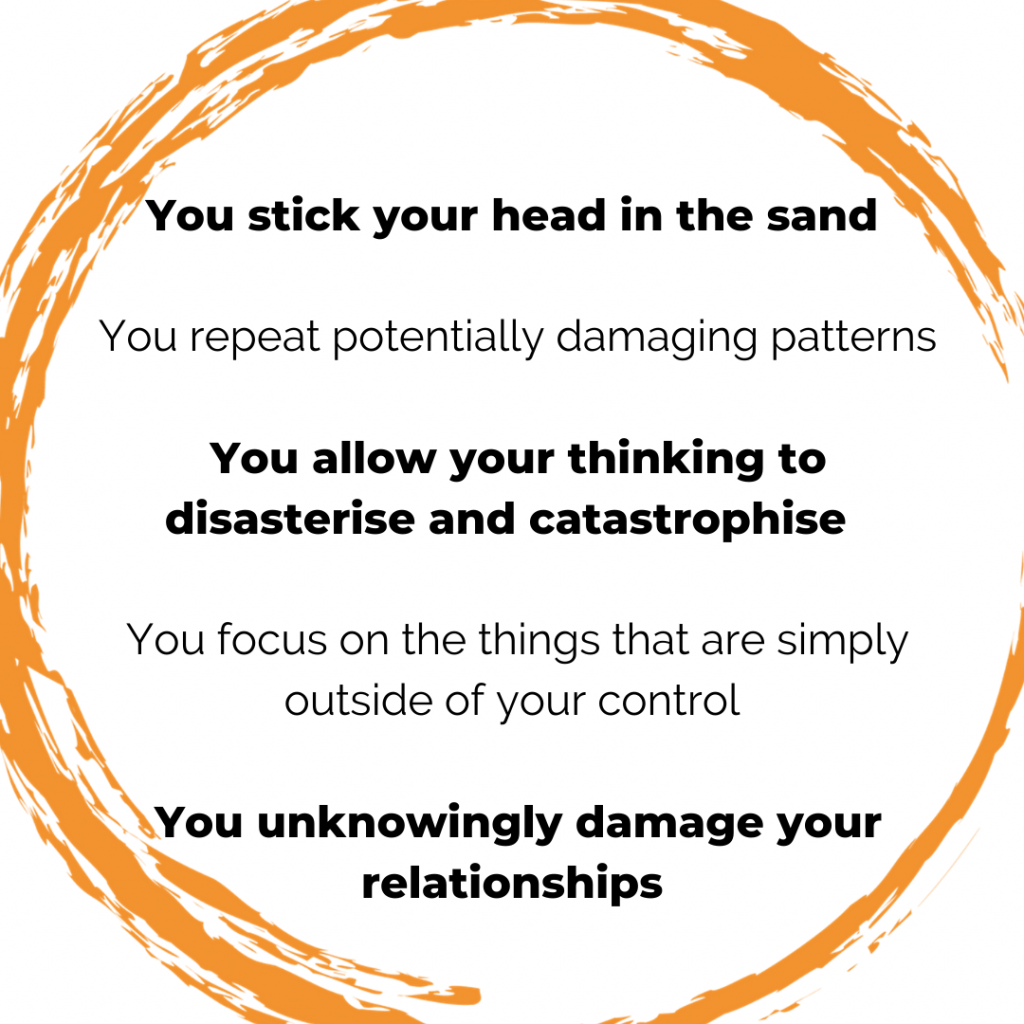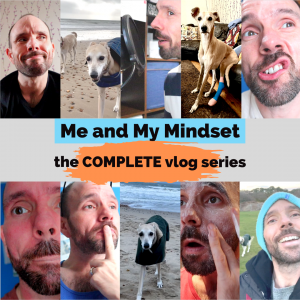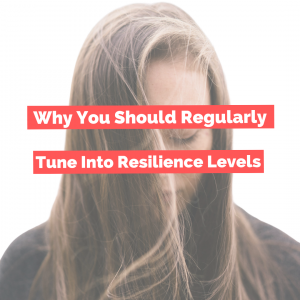We’ve all done it…driven somewhere or completed a mundane task without any recollection. We need to be in auto-pilot mode sometimes, yet too much of it can be damaging for our mindset.
If you’re a fan of the blog, or pretty much any of my videos, you’ll probably know that I love how the brain – our 3lb weirdo – does so many amazing things to keep us alive (it’s done a pretty good job so far!), but then all the while also creating so much opportunity to trip us up.
When we’re thinking and acting in our auto-pilot mode, we’re using our unconscious decision-making system to take care of the routine tasks. This can be good, because it prevents us from overloading. So, sometimes auto-pilot mode serves us well and it’s certainly not something that we want to completely override.
The trouble is that with the challenges of modern life, rather than protecting us, our auto-pilot mode risks disengaging us from developing, living, learning and growing.
You could argue that the pandemic has forced us to quickly switch off our auto-pilot mode. We spent years finely crafting our routines, thinking patterns and interactions before they were swiftly blown out of the water.
Now, we have a new, emerging challenge. We’ve created a different kind of auto-pilot mode, still with the intention of keeping us safe, alive and preventing overload. As I wrote in a recent blog about getting back to ‘normal’, it’s making many of us feel anxious about yet another change to our routine.
Download my ten point plan to build your resilience now
5 signs you might be living in auto-pilot mode

All of this limits success and our personal and professional results.
If we’ve learned anything recently, it’s that change has a habit of blindsiding us unexpectedly, and that isn’t about to stop anytime soon. After all, we’ve faced massive change and trauma before, both individually and collectively, and we will again.
Why bother switching off our auto-pilot mode?
The benefits of more regularly switching to manual can be huge, because it allows us to:
- Tune into our physiology and the little signals that the brain sends to our body, that our auto-pilot mode so often suppresses.
- More easily tell the difference between real and imagined threat and danger. We rarely notice this in auto-pilot mode because even the imagined feels extremely real.
- Stop wasting time and energy on what we can’t influence, and instead focus on controlling the controllables.
- Build stronger relationships with an approach that is open, honest and filled with positive intent.
How do we switch off auto-pilot mode?
The $64,000 question! I’m lucky enough to coach so many people to help them turn off their auto-pilot mode, and with this experience, I know that what works for one person may not work for the next. That said, here are a few top tips to help you get started.
1. Get good at stretching your comfort zone
It’s called ‘comfort zone’ for a reason. It feels…comfy! It feels warm, safe and so often, boring. It feels boring because when we’re in auto-pilot mode, we’re not challenging ourselves. When we feel discomfort, it can be a sign of learning and evolution. Learning is what happens when we start to stretch ourselves by going beyond our comfort zone, so look for new experiences and remember, bend don’t break!
2. Decide to decide
Our oh-so-lazy brain will often jump to the easiest solution or conclusion, not necessarily the ‘best’ one. We all have cognitive biases so it’s a good idea to get into the habit of questioning the first solution that springs to mind. If you find your negative thinking begin to spiral, deciding to decide could be as simple as consciously directing your energy towards a more positive, constructive or rational outlook.








